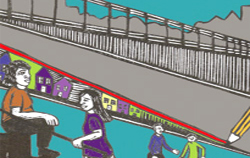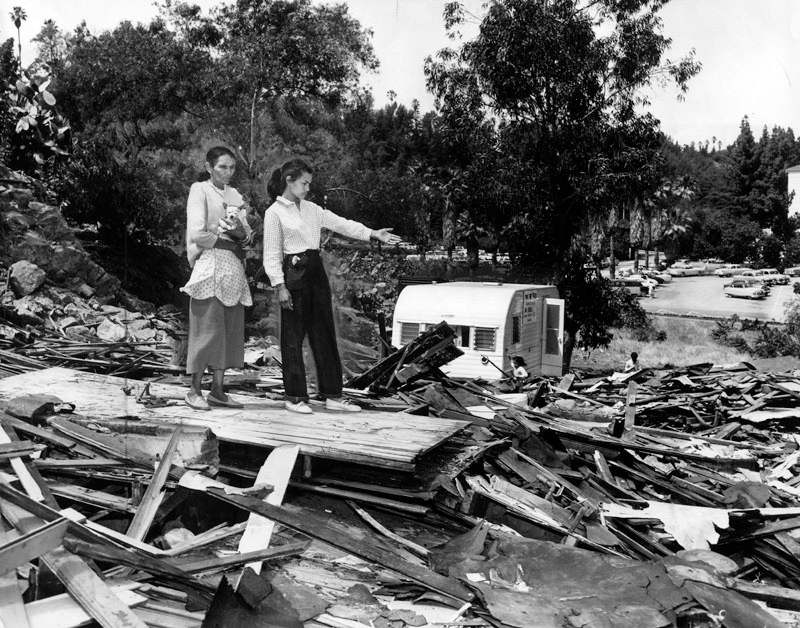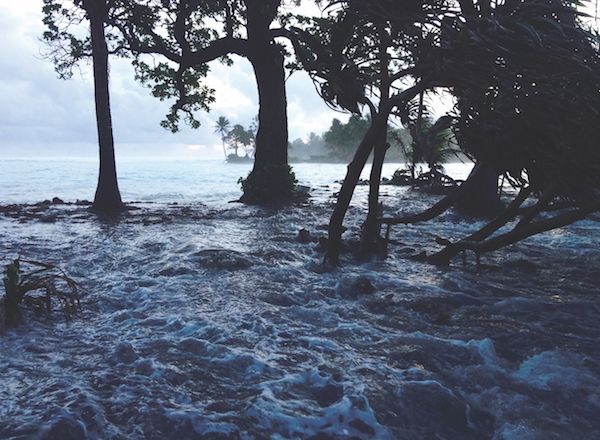Teaching Activity. By Hyung Kyu Nam. 2003.
Explores the multiple causes of racial segregation and environmental racism, and helps students understand how institutional racism is perpetuated in the post-Civil Rights era.
Continue reading
Teaching Activity. By Julian Hipkins III, Deborah Menkart, Sara Evers, and Jenice View.
Role play on the Mississippi Freedom Democratic Party (MFDP) that introduces students to a vital example of small “d” democracy in action. For grades 7+.
Continue reading
Teaching Activity. By Brian C. Gibbs. Rethinking Schools. 6 pages.
A teacher uses the activist history of Theodore Roosevelt High School in East Los Angeles to pose students the question: “What would you be willing to do to create change?"
Continue reading
Teaching Activity. By Adam Sanchez. Rethinking Schools. 14 pages.
A role play investigating the economic consequences of the U.S. occupation of Iraq.
Continue reading
Teaching Activity. By Adam Sanchez. Rethinking Schools. 12 pages.
A trial role play asks students to question the role played by the U.S. government and other international actors in the 2010 earthquake.
Continue reading
Teaching Activity. By Adam Renner, Bridget Brew, and Crystal Proctor. Rethinking Schools. 5 pages.
An article describing how math teachers in a San Francisco high school shed light on the ways economics and racism affect education, housing, and job opportunities.
Continue reading
Teaching Activity. By Brady Bennon. Rethinking Schools. 7 pages.
A high school humanities teacher introduces students to the human cost of climate change, building empathy for climate change refugees like those in the island nation of Kiribati.
Continue reading
Teaching Activity. By Katharine Johnson. Rethinking Schools. 10 pages.
An elementary school teacher introduces the history of redlining through a role play designed for 1st and 2nd graders.
Continue reading
Teaching Activity. By Linda Christensen. Rethinking Schools. 9 pages.
Teaching about patterns of displacement and wealth inequality through the history of Palo Verde, La Loma, and Bishop communities and the building of Dodger Stadium.
Continue reading
Teaching Activity. By Willow McCormick. Rethinking Schools. 7 pages.
An elementary school teacher connects the Civil Rights Movement to students’ family history by asking their grandparents to share their memories of the Movement.
Continue reading
Teaching Activity. Teaching for Change. 2015. 20 pages.
Introductory lesson on key people and events in the long history of the Selma freedom movement.
Continue reading
Teaching Activity. By Ursula Wolfe-Rocca, Bill Bigelow, and Andrew Duden. Article by Ursula Wolfe-Rocca. Rethinking Schools. 15 pages.
A role play helps students recognize the issues at stake in the historic struggle of the Standing Rock Sioux to block construction of the Dakota Access oil pipeline.
Continue reading
Lesson. By Bill Bigelow. 17 pages.
This role play engages students in thinking about what freedpeople needed in order to achieve — and sustain — real freedom following the Civil War. It's followed by a chapter from the book Freedom's Unfinished Revolution.
Continue reading
Teaching Activity. By Alison Kysia. 28 pages.
In this lesson, students learn about the colonial history of Congo, debate responsibility for crimes against humanity, and investigate the connection, past and present, between the exploitation of natural resources and violence.
Continue reading
Teaching Activity. By Alma Anderson McDonald.
A teacher looks back on her childhood to discover the meaning of environmental racism. Linda Christensen offers ways to teach about this story with students.
Continue reading
Teaching Activity. By Bill Bigelow, Adam Sanchez, and Tim Swinehart.
A role-play activity engages students in building solidarity among different groups and organizations fighting fossil fuels and searching for alternatives.
Continue reading
Teaching Activity. By Rosemarie Frascella. Rethinking Schools.
Our extractive fossil fuel-based economy has always demanded that some people’s homes and health be sacrificed for the benefit of more privileged and powerful others. This article explores how one teacher engages her students in thinking about how “sacrifice zones” play out in their lives.
Continue reading
Teaching Activity. By Ursula Wolfe-Rocca. Rethinking Schools. 29 pages.
Through examining FBI documents, students learn the scope of the FBI’s COINTELPRO campaign to spy on, infiltrate, discredit, and disrupt all corners of the Black Freedom Movement.
Continue reading
Teaching Activity. By Adam Sanchez and Nqobile Mthethwa. 25 pages.
A mixer role play explores the connections between different social movements during Reconstruction.
Continue reading
Teaching Activity. By Adam Sanchez. Rethinking Schools. 24 pages.
A series of role plays that explore the history and evolution of the Student Nonviolent Coordinating Committee, including freedom rides and voter registration.
Continue reading
Teaching Activity. By Adam Sanchez and Jesse Hagopian. Rethinking Schools. 33 pages.
A mixer lesson introduces students to the pivotal history of the Black Panthers.
Continue reading
Teaching Activity. By Ursula Wolfe-Rocca.
In this role play students analyze who is to blame for the illegal, mass deportations of Mexican Americans and immigrants during the Great Depression.
Continue reading
Teaching Activity. By Bill Bigelow. Rethinking Schools.
A role play introduces students to 23 individuals around the world — each of whom is affected differently by climate change.
Continue reading
Teaching Activity & Article. By Michelle Nicola. Rethinking Schools.
Using Marshallese poet and climate justice activist Kathy Jetñil-Kijiner’s poem “Dear Matafele Peinam,” a teacher helps 7th graders think about the sacred spaces in their own lives and how they will be affected by climate change.
Continue reading
Teaching Activity. By Rowan Shafer. Rethinking Schools.
A teacher adapts the “Climate Change Mixer” designed for older students as a springboard for a unit on global warming and climate justice. She asks, "How could I bring up an issue so big and abstract, so gloom and doom, with 3rd graders? How could I not?"
Continue reading

























